| Structure | Name/CAS No. | Articles |
|---|---|---|
 |
Glycerol
CAS:56-81-5 |
|
 |
sucrose
CAS:57-50-1 |
|
 |
sodium chloride
CAS:7647-14-5 |
|
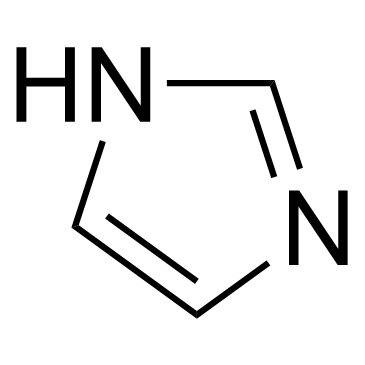 |
Imidazole
CAS:288-32-4 |
|
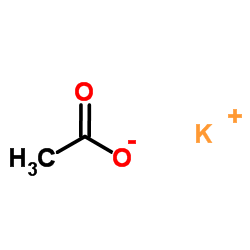 |
Potassium acetate
CAS:127-08-2 |
|
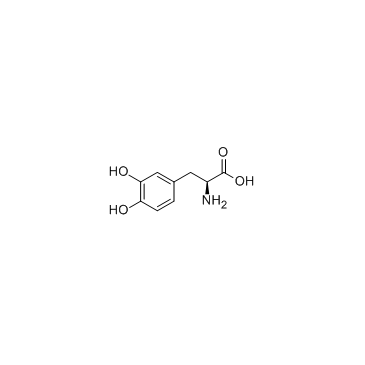 |
Levodopa
CAS:59-92-7 |
|
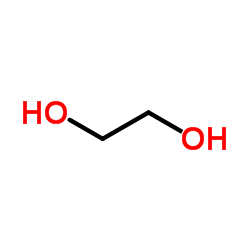 |
Ethylene glycol
CAS:107-21-1 |
|
 |
Ergosterol
CAS:57-87-4 |
|
 |
HEPES
CAS:7365-45-9 |
|
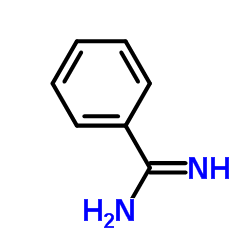 |
Benzamidine
CAS:618-39-3 |